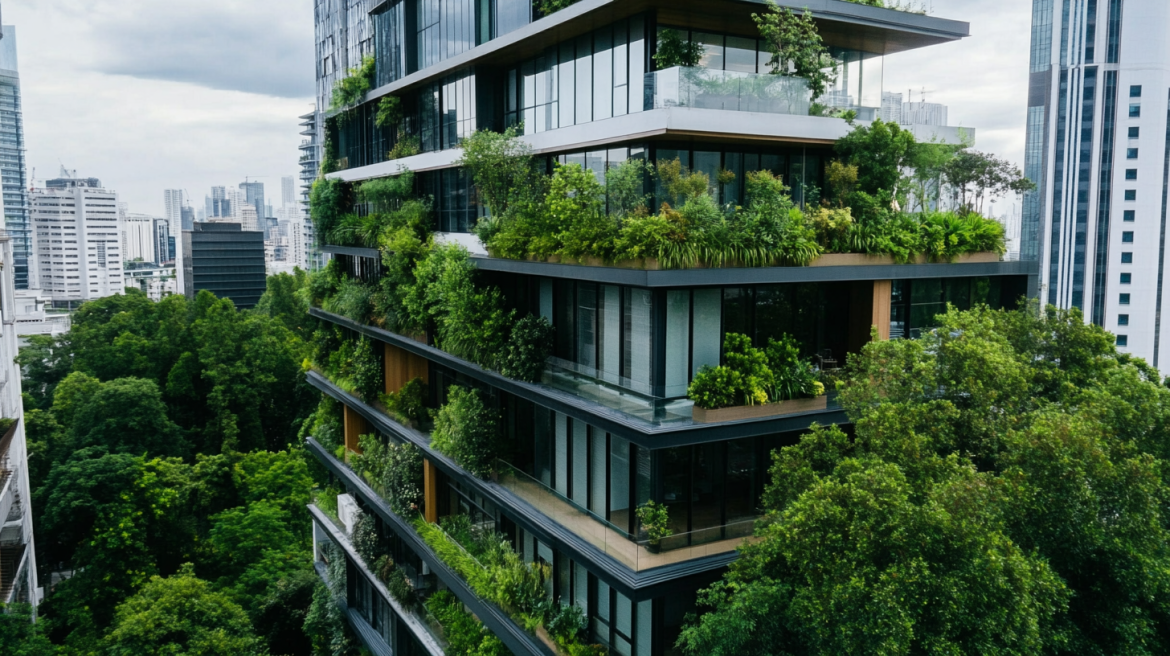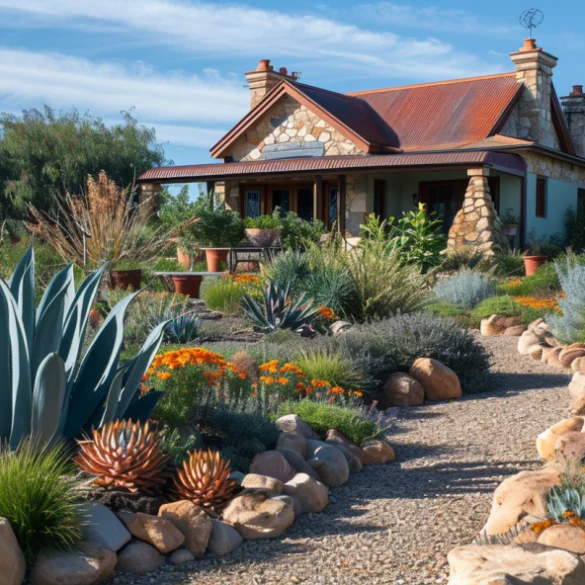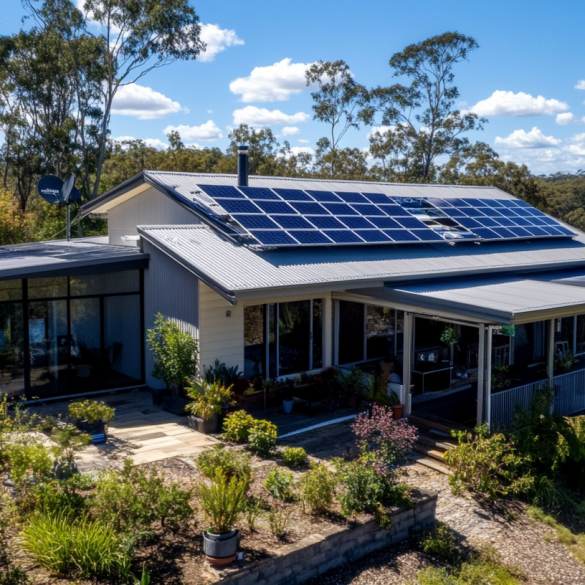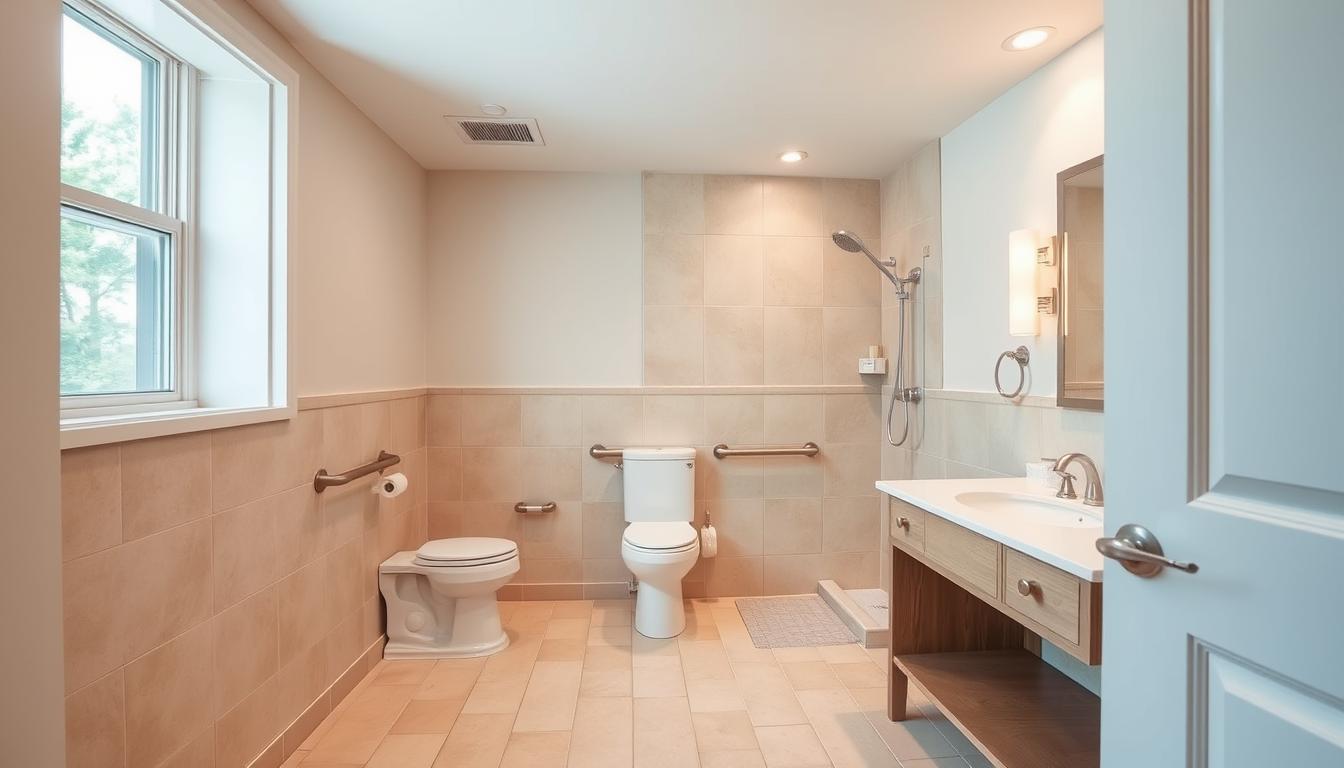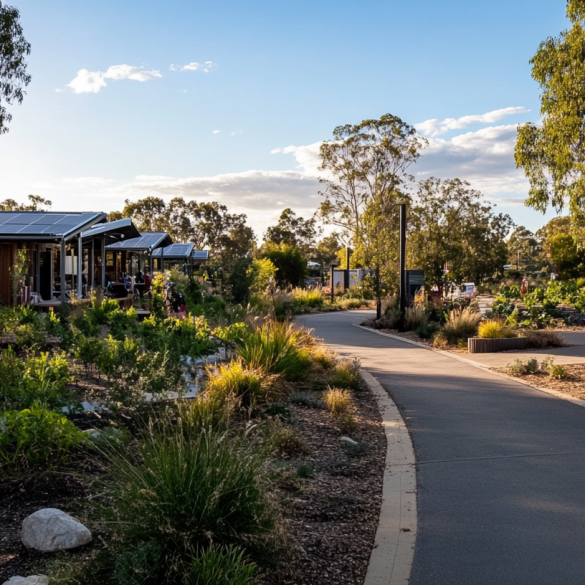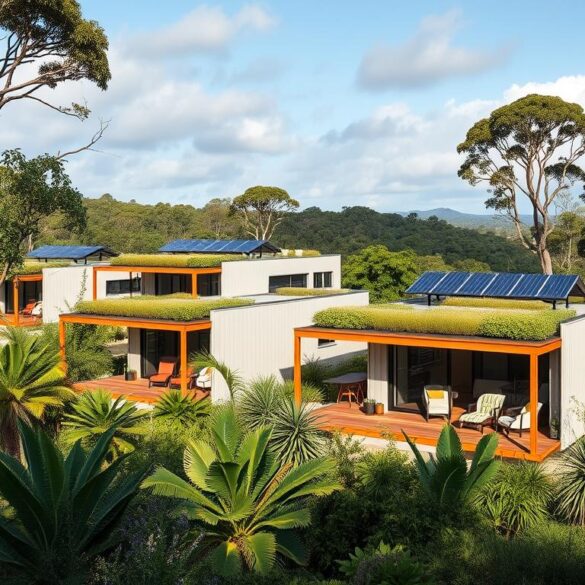What if your construction choices could significantly reduce your carbon footprint while saving you money in the long run? By opting for green building materials, such as energy-efficient insulation, reclaimed wood, and low-VOC paints, you not only decrease the environmental impact of your project but also improve the long-term energy efficiency and durability of your building.
These materials often require less energy to produce, reduce waste, and enhance indoor air quality, leading to lower operating costs and healthier living spaces. Understanding and utilizing green building materials is a powerful step toward creating a more sustainable future for yourself and the planet, combining environmental responsibility with economic savings.
Table of Contents
Key Points
- Green building materials minimize environmental impact throughout their life cycle, promoting a healthier planet.
- Sustainable materials are often non-toxic and durable, improving indoor air quality and reducing health risks.
- Choosing locally sourced or recycled materials can significantly lower carbon emissions and waste generation.
- Investing in eco-friendly materials can lead to long-term savings on energy bills and maintenance costs.
- Understanding common misconceptions about green materials can empower homeowners to make informed choices.
- Engaging with experts in sustainable architecture can enhance design and functionality while maintaining eco-friendliness.
- Successful case studies of green building projects illustrate the practical benefits and innovative approaches in sustainable construction.
- Utilizing available resources and guides can aid homeowners in selecting eco-friendly materials.
Understanding Green Building Materials
Green building materials are essential for creating structures that are not only functional but also environmentally friendly. These materials help reduce the overall impact on the planet, making construction more sustainable. By choosing eco-friendly options, builders can contribute to a healthier environment for both current and future generations.
When we talk about green building materials, it’s important to highlight their role in minimizing waste and reducing energy consumption. This approach not only conserves resources but also promotes a circular economy, where materials are reused and recycled. In this way, green building materials support a sustainable lifestyle that benefits everyone.
Defining Green Building Materials
Green building materials are products that have a minimal negative impact on the environment throughout their life cycle. This includes everything from extraction and manufacturing to installation and disposal. Importantly, these materials aim to improve indoor air quality and reduce harmful emissions, making spaces healthier for occupants.
Some common examples include materials that are renewable, recyclable, or made from reclaimed resources. It’s also worth noting that many of these materials are energy-efficient, which can lead to significant savings on utility bills in the long run. By understanding what defines green materials, we can make better choices in construction and renovation projects.
- Renewable resources (e.g., bamboo, cork)
- Recycled materials (e.g., glass, steel)
- Local products to reduce transportation emissions
Characteristics of Sustainable Materials
Sustainable materials usually share several key characteristics that make them suitable for green building practices. For instance, they are often non-toxic and free from harmful chemicals that could affect health. Moreover, they are typically sourced from renewable resources or have been reclaimed, which lowers their environmental footprint.
Another important feature of sustainable materials is their durability. High-quality materials not only last longer but also reduce the need for frequent replacements, which can be wasteful and costly. This combination of safety, durability, and resource efficiency makes sustainable materials a wise choice for modern construction.
- Non-toxic and safe for indoor air quality
- Durable and long-lasting
- Resource-efficient and low-energy production
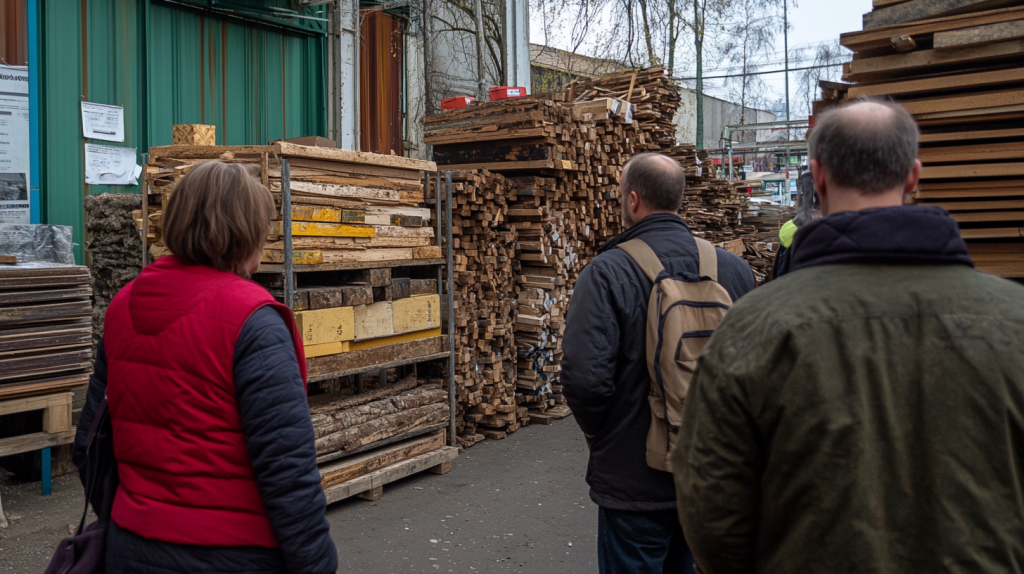
Importance in Eco-Friendly Construction
The role of green building materials in eco-friendly construction cannot be overstated. They significantly contribute to lowering carbon footprints and fostering sustainable building practices. Using these materials not only helps the environment but also enhances the overall quality of life for those who inhabit these spaces.
Moreover, green buildings often enjoy lower operating costs because of energy-efficient materials. These benefits lead to a win-win situation for both builders and occupants, encouraging more people to embrace sustainable construction methods. By prioritizing green materials, we take a step closer to a sustainable future.
Examining the Impact of Traditional vs. Green Materials
When comparing traditional building materials to their green counterparts, the differences in their environmental impact become apparent. Traditional materials, like concrete and brick, often require high energy consumption during production and can contribute significantly to carbon emissions. In contrast, green materials are designed to minimize these impacts.
Understanding these distinctions can help stakeholders make informed decisions about construction projects. By prioritizing green materials over traditional ones, we can significantly reduce the negative effects of construction on our planet. It’s a crucial step for achieving sustainability in the building industry!
Environmental Footprint of Construction Materials
The environmental footprint of construction materials refers to the total impact that these materials have on the ecosystem. This includes factors like energy consumption, raw material extraction, and waste production throughout their life cycle. Generally, green materials are designed to have a much smaller footprint compared to traditional options.
For instance, materials that are locally sourced or made from recycled content often require less energy to produce and transport. This results in lower greenhouse gas emissions, making them a more sustainable option. Understanding the environmental footprint can help us appreciate the significance of choosing green materials.
- Energy use during production
- Transportation impacts
- Waste generated from production and disposal
Comparative Analysis of Carbon Emissions
In a comparative analysis of carbon emissions, green building materials tend to be far superior to traditional ones. For example, materials like bamboo and recycled steel have much lower emissions during their production phases. This reduction is vital in the fight against climate change.
On the other hand, conventional materials like cement and plastic contribute significantly to global carbon emissions. By opting for green alternatives, we can make a substantial impact on the reduction of these harmful emissions. As the building industry evolves, this choice becomes even more essential for creating a sustainable future.
Evaluating Resource Efficiency
Resource efficiency is another critical aspect of green building materials. These materials are designed to use less energy and fewer resources throughout their life cycle. By making efficient use of resources, we can minimize waste and reduce the demand for virgin materials.
For instance, using recycled materials not only conserves natural resources but also helps divert waste from landfills. This is a crucial step towards sustainability in construction. Evaluating resource efficiency enables us to select materials that support a more sustainable building approach!
- Utilization of recycled content
- Energy-efficient production methods
- Minimizing waste during construction
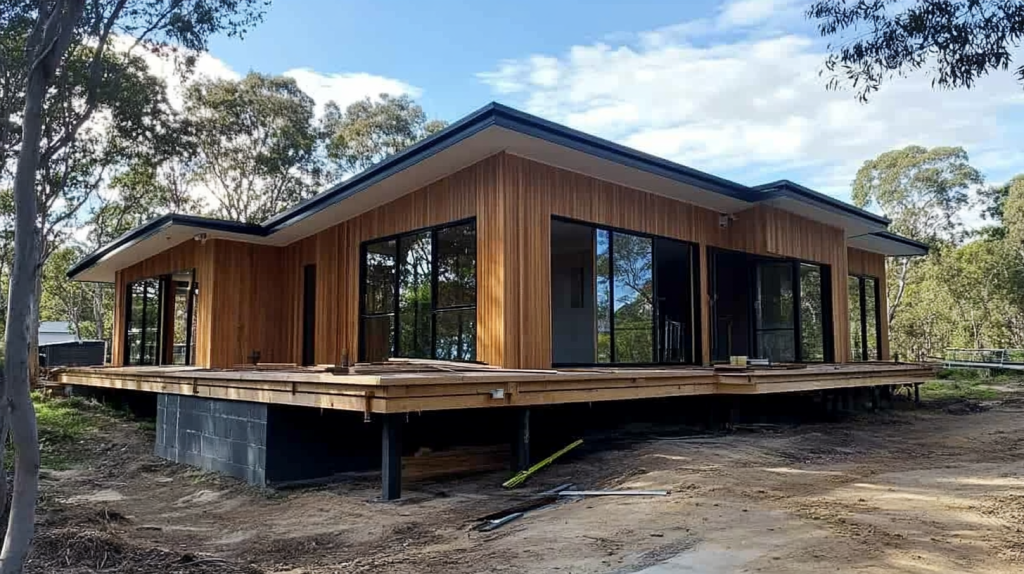
Guidelines for Selecting Eco-Friendly Materials
When it comes to building or renovating a home, choosing eco-friendly materials is a step towards sustainability! Homeowners should consider several key factors to ensure they select the most appropriate materials for their projects. By focusing on aspects like availability, cost, and design, you can make informed decisions that benefit both the environment and your budget.
First, assessing the availability of materials is crucial. Are the eco-friendly options locally sourced? This not only supports local businesses but also reduces transportation emissions. Additionally, take a close look at the cost of these materials compared to traditional ones; sometimes, green materials can be more affordable in the long run due to energy savings and lower maintenance.
- Investigate local suppliers for eco-friendly materials.
- Compare prices between traditional and sustainable materials.
- Consider the long-term savings on energy and maintenance.
Considerations for Homeowners
Incorporating design elements into your sustainable building project can enhance its aesthetic appeal and functionality. Think about how different materials can work together to create a cohesive look. This means considering textures, colors, and styles that align with your vision while still maintaining eco-friendliness.
Also, engage with an architect or designer who specializes in sustainable practices. They can provide valuable insights into how to maximize the benefits of green materials while ensuring that your design meets your personal taste and functional needs.
- Choose materials that complement your design style.
- Consult with experts in sustainable architecture.
- Prioritize functionality alongside aesthetics.
Addressing Common Misconceptions About Green Materials
There are many misconceptions surrounding green building materials that can deter homeowners from making eco-friendly choices. A common belief is that sustainable materials are always more expensive. However, many options are now competitively priced and can save money over time due to their durability and efficiency.
Another misconception is that green materials lack quality or performance. In reality, many sustainable materials are designed to meet or exceed the performance of traditional options! This includes advantages in energy efficiency, durability, and even aesthetics.
Challenges and Barriers to Adoption
While there are numerous benefits to using green materials, there are also challenges that can arise during their adoption. These may include limited availability, higher initial costs, or even a lack of information about the products available. It’s important for homeowners to educate themselves about these materials and to seek out resources that can help overcome these barriers.
Networking with other eco-conscious builders and homeowners can also provide support and guidance in navigating these challenges. Sharing experiences and solutions can encourage more people to choose sustainable options.
- Identify local resources for green materials.
- Join community groups focused on sustainable building.
- Stay informed about advancements in eco-friendly products.
Case Studies of 4 Global Successful Green Building Projects
Looking at real-life examples can provide inspiration and practical insights into the benefits of using eco-friendly materials. Several notable projects have successfully integrated sustainable practices into their construction. From residential homes to commercial buildings, these case studies highlight the positive outcomes and innovative approaches taken.
For instance, a local community center built using recycled materials not only reduced waste but also became a hub for environmental education. By showcasing energy-efficient design and sustainable materials, it serves as a model for future projects!
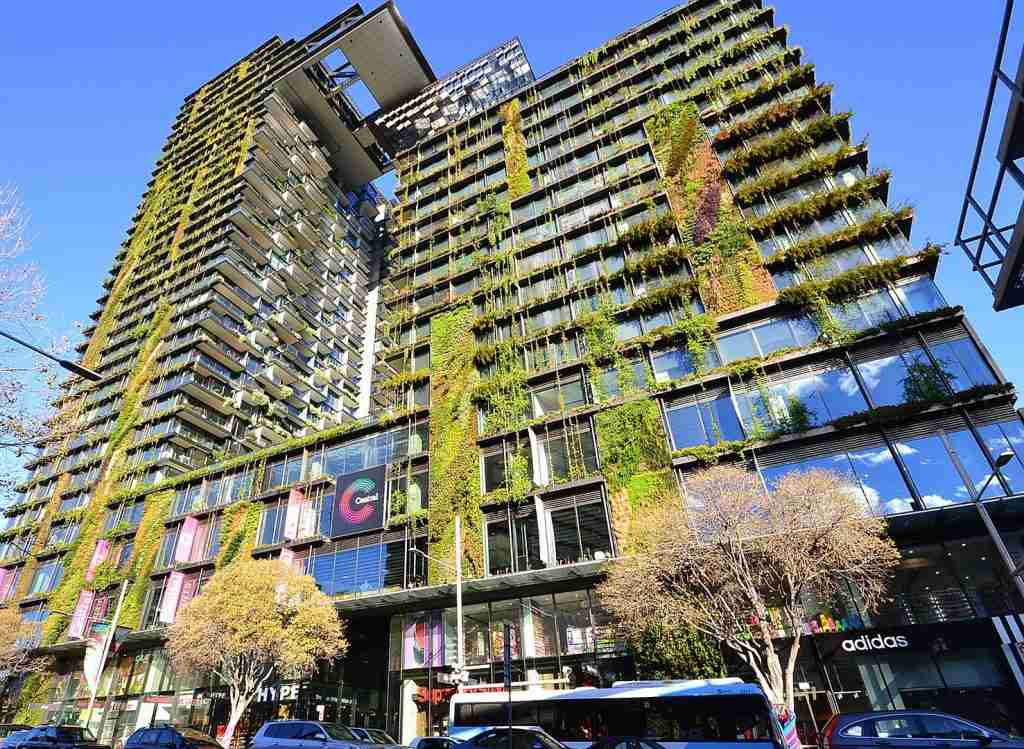
Notable Examples in Sustainable Construction
Some key case studies to explore include:
- The Bullitt Center in Seattle: Known as the greenest commercial building in the world.
- The Bullitt Center in Seattle is widely recognized as the greenest commercial building in the world due to its groundbreaking approach to sustainability and eco-friendly design. Completed in 2013, the six-story office building is a model of environmental responsibility, achieving net-zero energy consumption through the use of solar panels, geothermal heating, and highly efficient building systems. It is designed to last 250 years, with a focus on reducing its environmental impact through the careful selection of sustainable materials, including locally sourced wood, recycled materials, and non-toxic products that promote both durability and occupant health. One of the most notable features of the Bullitt Center is its achievement of the Living Building Challenge certification, which is considered one of the most rigorous green building standards in the world. To meet this certification, the building had to use materials free from harmful chemicals, often referred to as the “Red List,” and ensure that all materials were responsibly sourced. The building also incorporates advanced water conservation measures, such as rainwater harvesting and greywater recycling, helping to minimize water use while promoting responsible resource management. Beyond its materials and systems, the Bullitt Center serves as a global example of how sustainable design can be applied to commercial architecture. It has influenced other green buildings by demonstrating that eco-friendly construction is not only feasible but can also reduce operating costs and improve the quality of life for occupants. By prioritizing renewable energy, non-toxic materials, and sustainable building practices, the Bullitt Center has become a symbol of the future of sustainable architecture, pushing the boundaries of what’s possible for urban commercial buildings.
- One Central Park in Sydney. One of the best examples in Australia that demonstrates the successful integration of eco-friendly materials into construction
One Central Park in Sydney, a mixed-use residential and commercial development is a globally recognized model of sustainable architecture, combining cutting-edge green technologies with an innovative approach to urban living. The building’s standout feature is its vertical gardens, which span over 1,000 square meters of the façade, incorporating over 35,000 plants and shrubs. This living wall system not only enhances the building’s aesthetic appeal but also serves practical environmental benefits such as improving air quality, insulating the building, and reducing urban heat island effects. One Central Park also uses an array of sustainable materials throughout its construction. Recycled and locally sourced materials were prioritized to reduce the building’s carbon footprint. The design incorporates energy-efficient materials like high-performance glass and insulation, which minimize energy consumption. Additionally, the building features a state-of-the-art water recycling system and a low-energy LED lighting system powered by a natural gas tri-generation plant, which further boosts its sustainability profile. These innovative approaches ensure that One Central Park operates with reduced environmental impact, all while creating a healthier living environment for residents. This project has earned multiple green building certifications, including a 5-star Green Star rating from the Green Building Council of Australia. It serves as an inspiration for sustainable construction worldwide by demonstrating how eco-friendly materials and green technologies can be integrated into large-scale urban projects, offering both environmental and economic benefits.
- The Edge in Amsterdam: A prime example of energy-efficient design.
- The Edge in Amsterdam is a leading example of energy-efficient design and smart building technology, setting a new standard for sustainable office architecture. Completed in 2014, the 15-story building is best known for its intelligent use of energy management systems and cutting-edge technology to minimize energy consumption. The Edge generates its electricity through a vast array of solar panels and uses advanced energy-saving systems, including LED lighting and a unique smart grid that monitors and adjusts energy use in real time based on occupancy and weather conditions. One of the standout features of The Edge is its innovative use of data and technology to create a highly efficient workspace. The building is equipped with over 28,000 sensors that track temperature, lighting, and movement, allowing the building to optimize energy usage while providing a comfortable and personalized environment for its occupants. Additionally, The Edge makes extensive use of natural light and incorporates energy-efficient materials, further enhancing its sustainability profile. It has earned the highest-ever score in BREEAM (Building Research Establishment Environmental Assessment Method), a testament to its exceptional energy performance and environmental impact. As a model of energy-efficient design, The Edge has influenced the future of office buildings around the world. By combining smart technologies with eco-friendly materials and renewable energy, it demonstrates how the latest innovations can drastically reduce energy consumption while maintaining high standards of comfort and productivity. The building not only sets a new benchmark for sustainable design but also highlights the potential of integrating smart technology to create more efficient, adaptive, and environmentally friendly workspaces.
- The Bosco Verticale (Vertical Forest) in Milan: An innovative residential project incorporating trees into its design.
- The Bosco Verticale, or Vertical Forest, in Milan, is an innovative residential project that seamlessly integrates trees and greenery into its architectural design, redefining urban living. Completed in 2014, the two-tower complex stands out for its unique approach to combining nature with high-density living, featuring over 20,000 trees, shrubs, and plants distributed across its balconies. This incorporation of vegetation serves multiple functions, including improving air quality, reducing noise pollution, and providing natural insulation, all while contributing to the aesthetic appeal of the building. The greenery creates a microclimate that helps regulate temperature and reduces the building’s energy consumption. The plant life on Bosco Verticale is not just ornamental; it plays a crucial role in sustainability and environmental protection. The trees and plants absorb CO2, filter dust from the air, and produce oxygen, significantly improving the air quality around the towers. Additionally, the structure is designed to support biodiversity by creating habitats for birds and insects in an urban environment. This innovative design also helps manage stormwater, reducing runoff and lowering the urban heat island effect, making the building a model of eco-friendly architecture in a dense metropolitan area. Bosco Verticale’s success has made it a symbol of sustainable urban development, inspiring similar projects worldwide that aim to blend natural elements with residential and commercial spaces. It shows how nature can be an integral part of city architecture, enhancing both the quality of life for residents and the overall environmental health of urban areas. The project highlights the potential for future buildings to address climate challenges while offering a green, healthy, and aesthetically pleasing environment for city dwellers.
These projects not only showcase the benefits of eco-friendly materials but also underline the growing trend towards sustainable construction practices. By learning from these examples, homeowners can gather ideas and inspiration for their own projects.
Taking Action Towards Sustainable Living
Choosing to use eco-friendly materials in construction is beneficial for both the individual and the planet. There are numerous resources available to help homeowners take action towards sustainable living. Whether it’s downloadable guides, webinars, or online communities, these resources are designed to educate and empower you in your journey.
Additionally, reaching out to experts for consultation can provide tailored advice and insights specific to your project. They can help navigate the options available and ensure that your choices align with your sustainability goals!
Resources for Further Learning
Here are some valuable resources to consider:
- Online courses in sustainable building practices.
- Webinars from eco-friendly material manufacturers.
- Downloadable guides and checklists for material selection.
By utilizing these resources, homeowners can continuously learn and stay informed about the best practices in sustainable construction.
Downloadable Guides and Checklists
Many organizations offer free guides and checklists that can simplify the selection process for eco-friendly materials. These tools can help you track your options, compare products, and make informed decisions. Don’t hesitate to download these useful materials as they can be a game changer in your building journey!
Contacting Experts for Consultation
If you’re feeling uncertain about where to start, contacting experts in sustainable building can be incredibly beneficial. They can offer personalized guidance, share insights from their experience, and help you navigate the complex world of eco-friendly materials. Taking this step can significantly enhance your confidence and decision-making in your construction projects!
Frequently Asked Questions (FAQs)
1. What are green building materials?
Green building materials are products that have a minimal negative impact on the environment throughout their life cycle, from extraction to disposal. They aim to improve indoor air quality and reduce harmful emissions.
2. How do green materials contribute to sustainability?
Green materials help minimize waste, reduce energy consumption, lower carbon emissions, and promote a circular economy through recycling and reuse.
3. Are eco-friendly materials more expensive?
While some eco-friendly materials may have a higher initial cost, many options are now competitively priced. Additionally, they can lead to long-term savings on energy bills and maintenance.
4. What are some common examples of green building materials?
Common examples include renewable resources such as bamboo and cork, recycled materials like glass and steel, and local products that reduce transportation emissions.
5. How can homeowners select eco-friendly materials?
Homeowners should consider availability, cost, and design when selecting eco-friendly materials. Investigating local suppliers and comparing prices can help make informed choices.
6. What resources are available for homeowners interested in sustainable construction?
There are numerous resources, including online courses, webinars, downloadable guides, and checklists that can educate homeowners about sustainable building practices.

